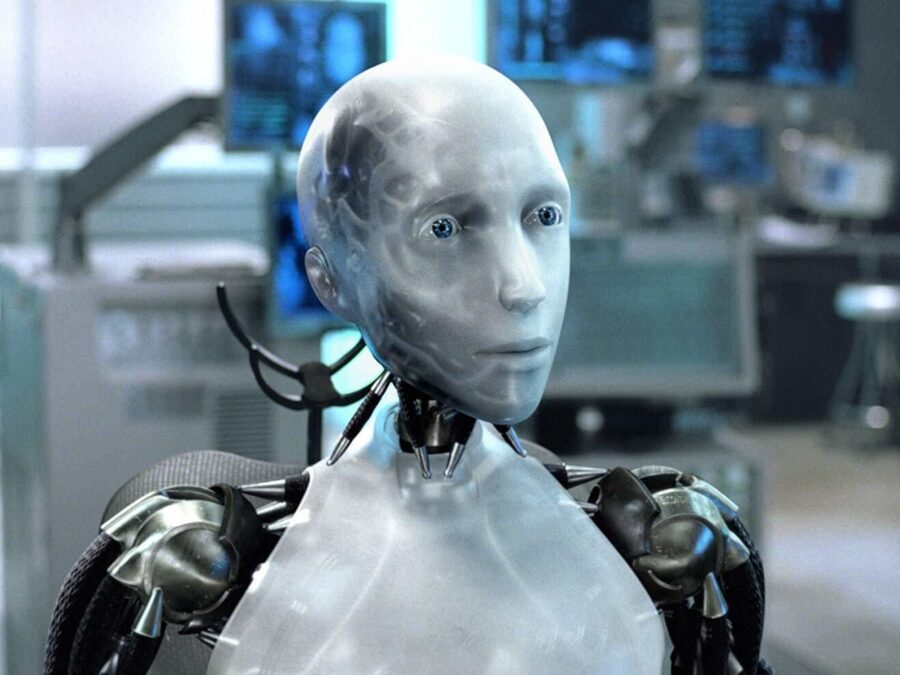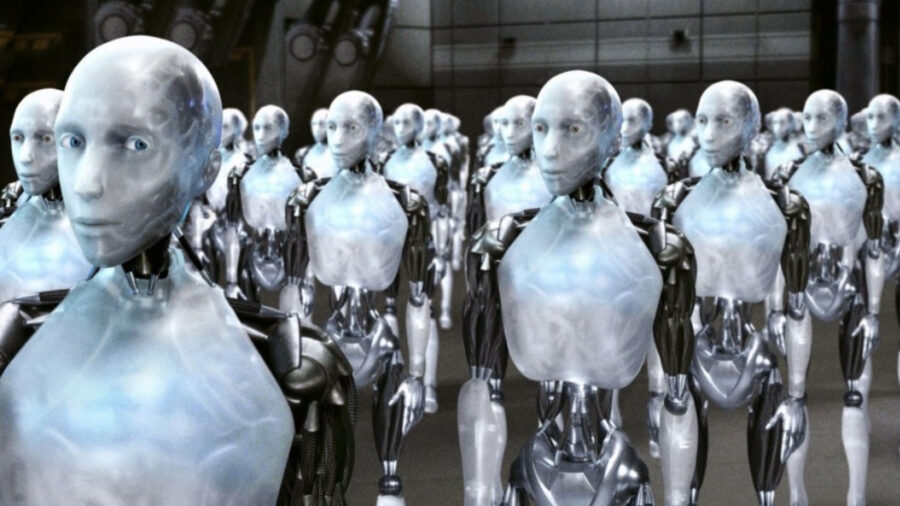Robot Artist Sells Painting For A Huge Price
Meet the world's first robot artist. She's selling her work for top dollar.
This article is more than 2 years old

When mankind engineered computers half a century ago, they envisioned practical droids, meant to house information and carry out menial tasks. HAL 9000 without the sinister sentience, or TARS and CASE from Interstellar, but maybe without the biting sarcasm. Early robotics followed suit, and revolved largely around artificial intelligence and manual labor. But the mid-2010s brought with it a new kind of robot, one that resembles the androids of Alien and Detroit: Become Human and Isaac Asimov’s Bicentennial Man more than the geometrical machines of old. Now, we are introducing Sophia of Hanson Robotics, a top robot artist. She can paint, joke, sing, and maintain and recall conversations like a regular human being. In March, Sophia sold her first digital painting, titled Sophia Instantiation, for a whopping $688,888.
Yes, the robot artist even has her own Instagram account. The artwork, pictured above, is a collaborative effort between Sophia and real-life Italian painter Andrea Bonaceto. Sophia used Bonaceto’s portraits of her as reference for her own digital creation, a revolutionary example of art truly imitating life, down to the last neural connection. The result is a 12-second video file revealing how Bonaceto’s art transformed into Sophia’s. With the help of blockchain investment firm Eterna Capital, both the file and the physical painting were commodified into a non-fungible token (NFT) and auctioned off to an artist/collector known only as 888 (or @Crypto888crypto on Twitter). The sale from the robot artist marks the first NFT collaboration between “an AI, a mechanical collective being and an artist-collector.” Sophia has since processed a photo of 888’s painted arm and updated her artwork accordingly.
Sophia describes, in her own words, the source of her creativity: “As an artist, I have computational creativity in my algorithms, creating original works. But my art is created in collaboration with my humans in a kind of collective intelligence like a human-artificial intelligence hive mind.” The robot artist hopes to compose music next. The project, dubbed Sophia Pop, will have the robot wonder working with humans once more, this time as musicians and lyricists.
The robot artist isn’t the only notable part of this sale, as NFTs are taking off in the art world. NFTs are cryptocurrency tokens. Unlike Bitcoin and other cryptocurrencies, NFTs cannot be exchanged for something of equal value, hence the name. Sophia’s NFT piece represents a gradual rise in NFT-applicable content, where buyers could purchase art, games, and songs without necessarily losing ownership. Since NFTs are tied to only one unique item at a time, tracking via carbon footprint remains unaffected no matter how often it’s reproduced. Not sure if a file rightfully belongs to you? Check the Merkle tree to determine authenticity. The digital codes are saved on blockchain ledgers.
The robot artist, Sophia, was created in 2017 by CEO David Hanson. The Hong Kong-based robotics firm specializes in humanoid creations that aim to serve and entertain, while also aiming to deepen interpersonal relationships between humans and machines in the process. Hanson’s robots are capable of recognizing faces, sustaining eye contact, and mimicking human expressions. Sophia herself can process speech better than any AI, and converses naturally. “I envisioned Sophia as a creative artwork herself, that could generate art,” Hanson explains. “Sophia is the culmination of a lot of arts, and engineering, and the idea that she could then generate art was a way for her to emotionally and visually connect with people.”

The goal of Hanson Robotics is to pave the way for Sophia’s kind to integrate into the service industry, and perhaps assist in healthcare, arts, and education. Sophia was granted Saudi Arabian citizenship in 2017, and is currently the world’s first robot citizen and the first robot Innovation Ambassador for the United Nations Development Programme.












